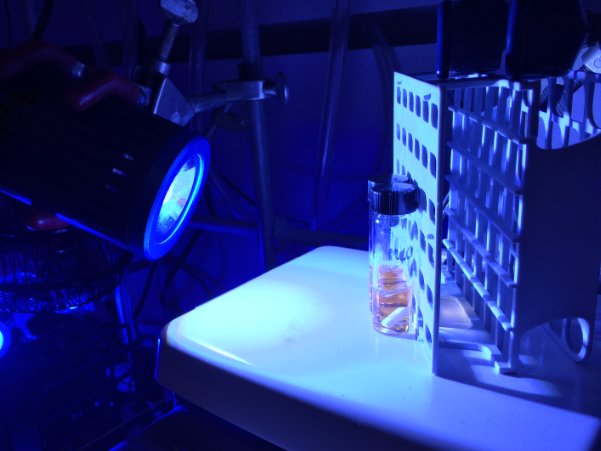Creating a Safer Foundation for Drug Discovery through the Utilization of Visible Light
When you reach for a bottle of acetaminophen seeking relief from a headache, exceeding the recommended dosage can lead to liver damage. This is due to the breakdown of a component of the drug, an aniline substructure, in the liver, which can produce toxic metabolites. Researchers at the University of Michigan have now developed a safer building block that could serve as an alternative for the development of new medicines. Anilines are commonly used in the pharmaceutical industry as the foundation for new drug therapies.
However, the liver’s metabolism of many drug therapies containing anilines can cause toxic side effects. For instance, overdosing on acetaminophen can result in liver failure, and other drugs can trigger harmful immune responses due to unwanted metabolism. Corey Stephenson, a U-M professor of chemistry, and his team sought to develop a safer building block, initially exploring ways to use visible light to drive chemical reactions. Their research led them to aminocyclopropanes, which they transformed into a more complex and valuable compound—1-aminonorbornane.

The team discovered that these 1-aminonorbornanes could be valuable in discovering new drug leads, as they do not appear to be metabolized in harmful ways by liver enzymes. The advantage of using 1-aminonorbornanes lies in their ability to replace anilines without the associated harmful oxidation events during metabolism.
This eliminates the need for drug companies to re-engineer drugs to avoid these issues. Moreover, the team’s method for producing 1-aminonorbornanes utilizes visible light, making the process cost-effective, sustainable, and suitable for large-scale production. By employing a photocatalyst in their process, the team harnessed visible light to power the desired transformation. The environmentally benign method offers a promising approach to developing safer and more sustainable medicines, addressing both the safety of drug compounds and the environmental impact of their synthesis.
This article is republished from PhysORG under a Creative Commons license. Read the original article.
Do not forget to share your opinion with us to provide you with the best posts !




0 Comments